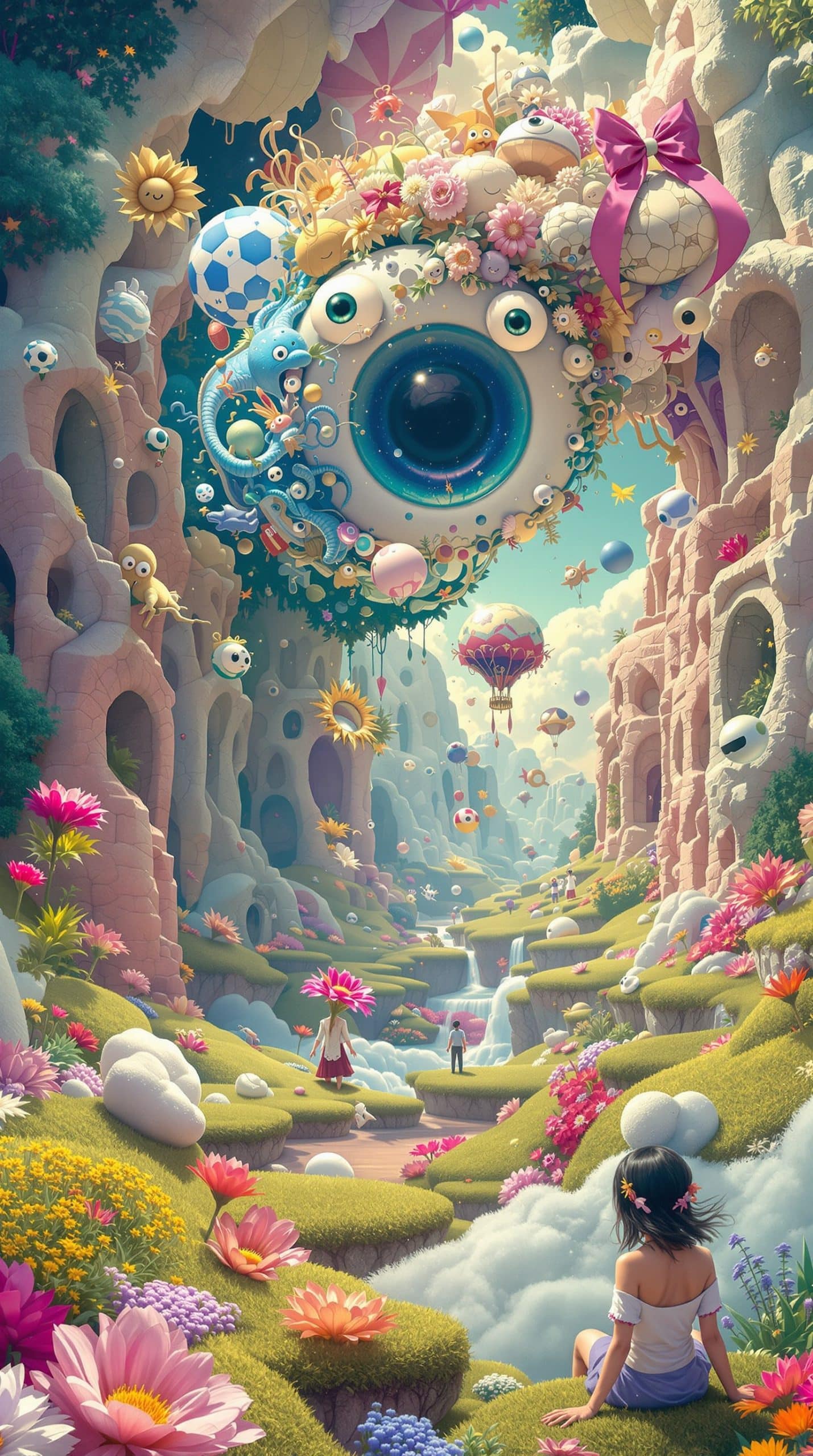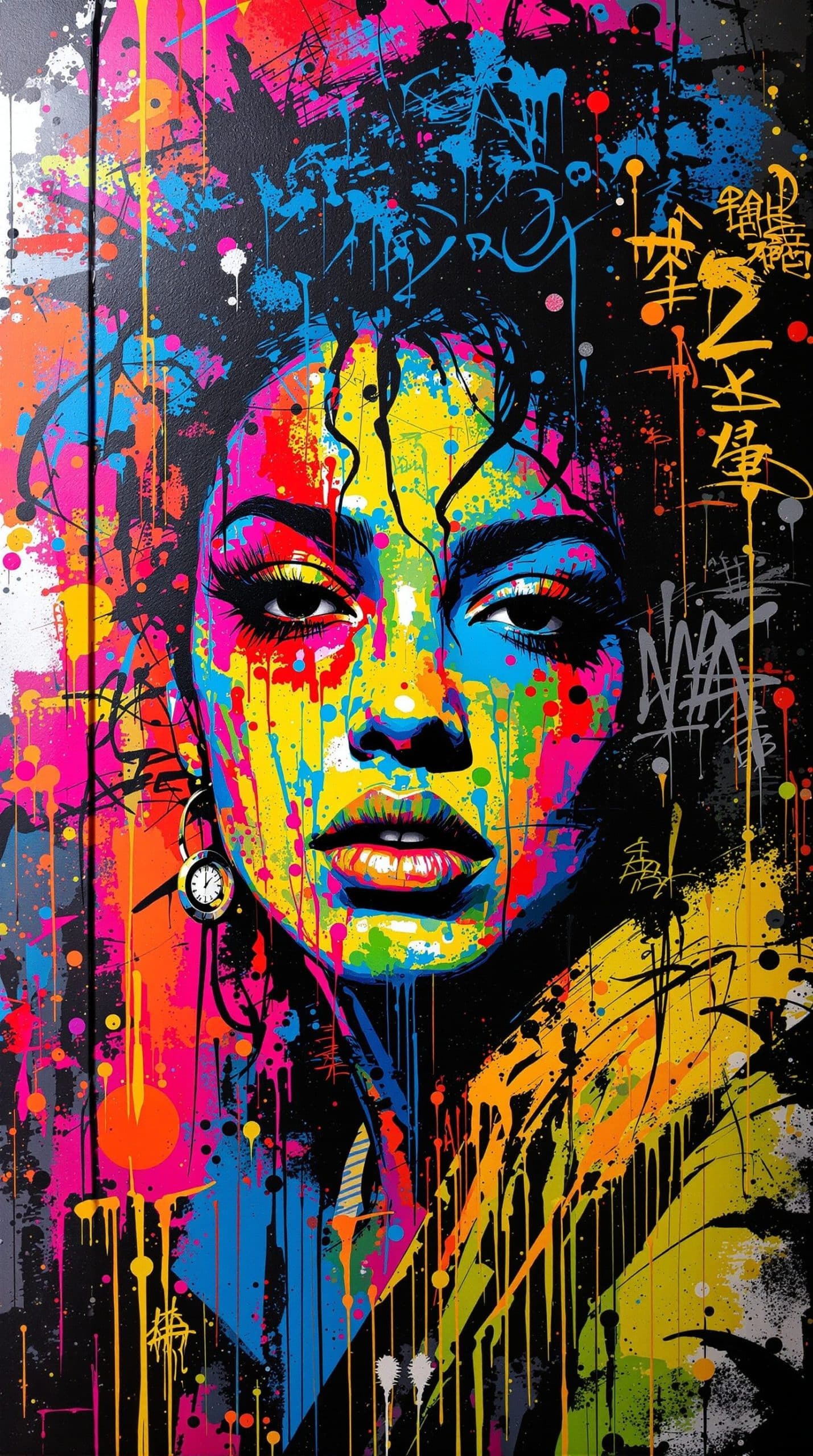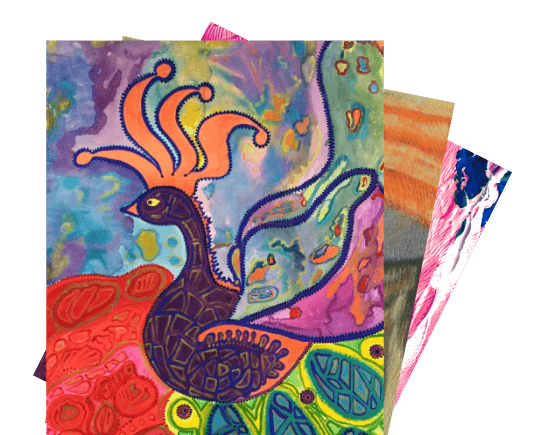Filters
Available Artwork
Other styles of paintings you may like
Origins of Red Painting:
Red has been a major part of the colour palette since the stone age era. It was considered as a first colour that have been mastered, fabricated, reproduced and broken down into different shades by humans according to historian Michel Pastoureau in his book “Red: The History of a color.” The use of red ochre, an iron oxide pigment was evidenced to be found inside the cave of Pinnacle Point, an archeological site found on the coast of South Africa, somewhat between 170000 and 40000 years ago. In the Late Stone age people were discovered scraping and grinding ochre, where they used it to colour their bodies. The cave of Altamira in pain also has a painting of a bison coloured with red ochre dates back to between 15,000 and 16,500 BC. In ancient Egypt Red symbolises as life, health and victory. The red ochre became widely used there in their tomb paintings, wall paintings as the skin tone of men. Even artists in China were making red and black painted pottery as early as the Yangshao Culture period (5000–3000 BC). The red lead widely adopted in the Persian and Indian miniature paintings and in European art as well which was called as minimum. In ancient Greece and the Minoan civilisation of ancient Crete, red was widely used in murals and in the polychrome decoration of temples and palaces. The Greeks began using red lead as a pigment. Infact many Roman villas were decorated with vivid red murals. The pigment used for many of the murals was called vermilion, and it came from the mineral cinnabar, a common ore of mercury. It was one of the finest reds of ancient times – the paintings have retained their brightness for more than twenty centuries.
In Renaissance painting, red was used to draw the attention of the viewer; it was often used as the colour of the cloak or costume of Christ, the Virgin Mary, or another central figure. In Venice, Titian was the master of fine reds, particularly vermilion; he used many layers of pigment mixed with a semi-transparent glaze, which let the light pass through, to create a more luminous colour. Early Renaissance painters commonly used two traditional red pigments, known as "lake pigments." These were created by combining a dye with either chalk or alum. The first, kermes lake, came from kermes insects, while madder lake was derived from the Rubia tinctorum plant. With the introduction of cochineal, Carmine produced a beautiful crimson colour, though it needed careful handling to prevent colour changes. This pigment was widely adopted by nearly all the prominent artists of the 15th and 16th centuries, including Rembrandt, Vermeer, Rubens, Anthony van Dyck, Diego Velázquez, and Tintoretto. Later, artists like Thomas Gainsborough, Seurat, and J. M. W. Turner also incorporated it into their works.
And by the 20th century the red colour was specifically used in art to create emotions. Its systematic theory was also followed by Van Gogh. Later Mark Rothko used the colour red in different ways to invoke emotions.










